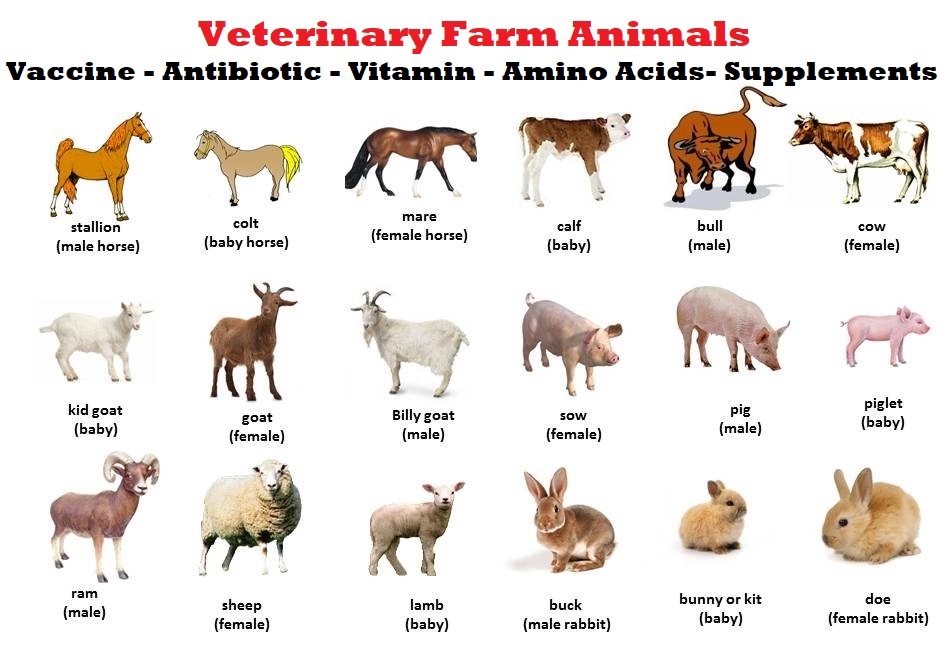
how quick feed enzymes work
13 / Jun 19
Enzymes are highly selective catalysts, meaning that each enzyme only speeds up a specific reaction. The molecules that an enzyme works with are called substrates. The substrates bind to a region on the enzyme called the active site. There are two theories explaining the enzyme-substrate interaction.
Enzymes speed up (catalyze) chemical reactions; in some cases, enzymes can make a chemical reaction millions of times faster than it would have been without it. A substrate binds to the active site of an enzyme and is converted into products.
When an enzyme binds to its substrate, it lowers the activation energy of the reaction, allowing it to happen more quickly. But, what does the enzyme actually do to the substrate to make the activation energy lower? These enzymes can carry out as many as 106-107 reactions per second. At the opposite extreme, restriction enzymes limp along while performing only ≈10-1-10-2 reactions per second or about one reaction per minute per enzyme (BNID 101627, 101635).
Enzymes are chemicals or catalysts released by cells to speed up specific chemical reactions. This definition accounts for enzymes released in the digestive tract to aid in the digestion of food. Today, these same enzymes can be effectively manufactured and added to animal feeds.
Three classes of enzymes (phytases, carbohydrases, and proteases) are typically considered for use in poultry feeds.
Phytase products were first introduced in the early 1990’s. Most producers are aware of and are typically using phytase in poultry diets. Legislation to decrease phosphorus pollution in some states has contributed to the increased usage of phytase.
Phytase works by releasing some of the nondigestible phosphorus (and other nutrients) found in commonly used feed ingredients and making the nutrients available for productive purposes. Phytase is a proven technology used to reduce feed cost by reducing inorganic phosphorus supplementation and has the added benefit of decreasing phosphorus excretion in manure.
A combination of amylase, xylanase and protease enzymes working together to each attack different poorly digestible portions of feed ingredients increases the energy available for growth and/or egg production. The addition of these three enzymes to the diet in combination typically increases the energy available to birds by 3 to 5%.
The advantages of enzymes are getting better acknowledged as more research is done. For the animals, enzymes advance gut wellbeing, produce uniform growth and improve overall wellbeing. For the producer, they decline feed costs and raise profits.
We are a leading manufacturer and exporter of SWISS CHEMIE Special raw materials and our product is made up of good quality.
For More Information And Price List Press Click
contact@swisschemie.co

Follow Us